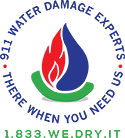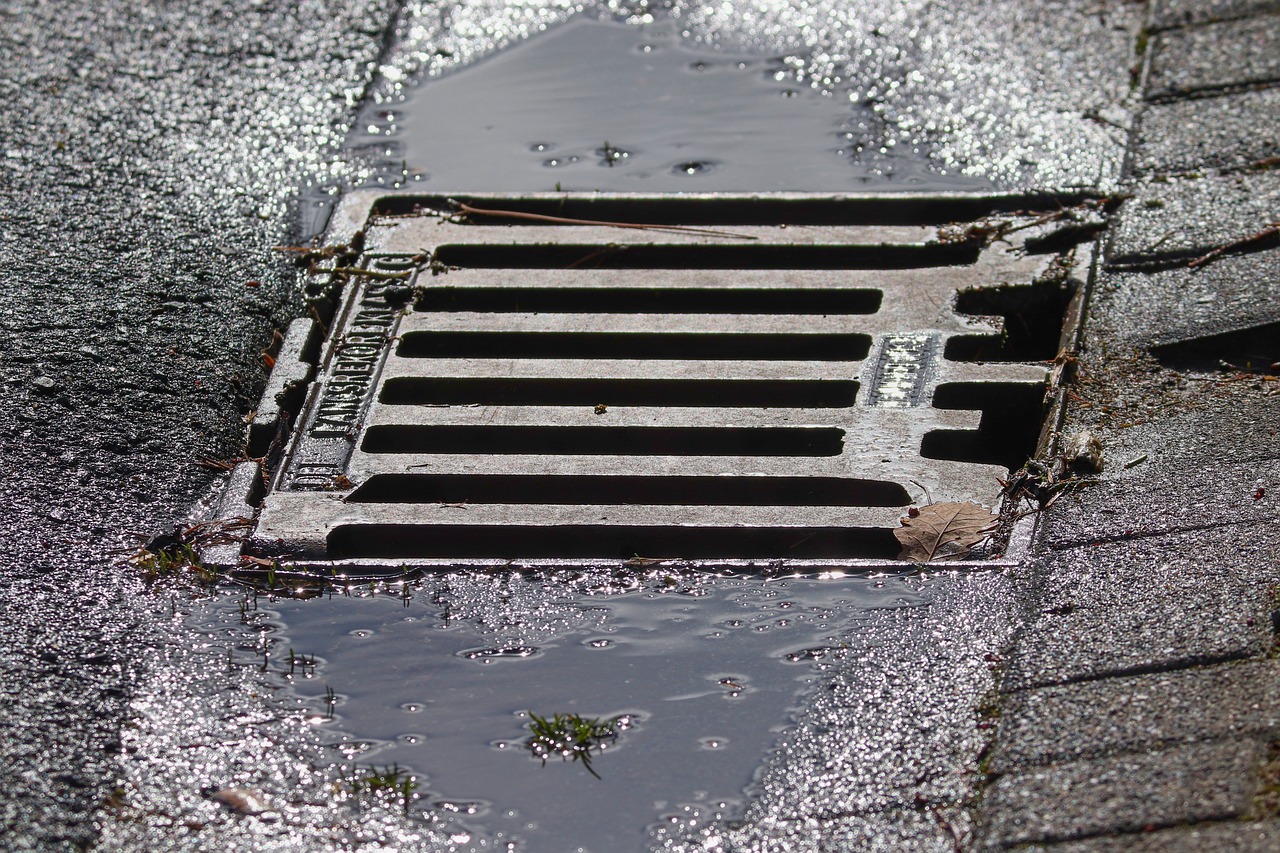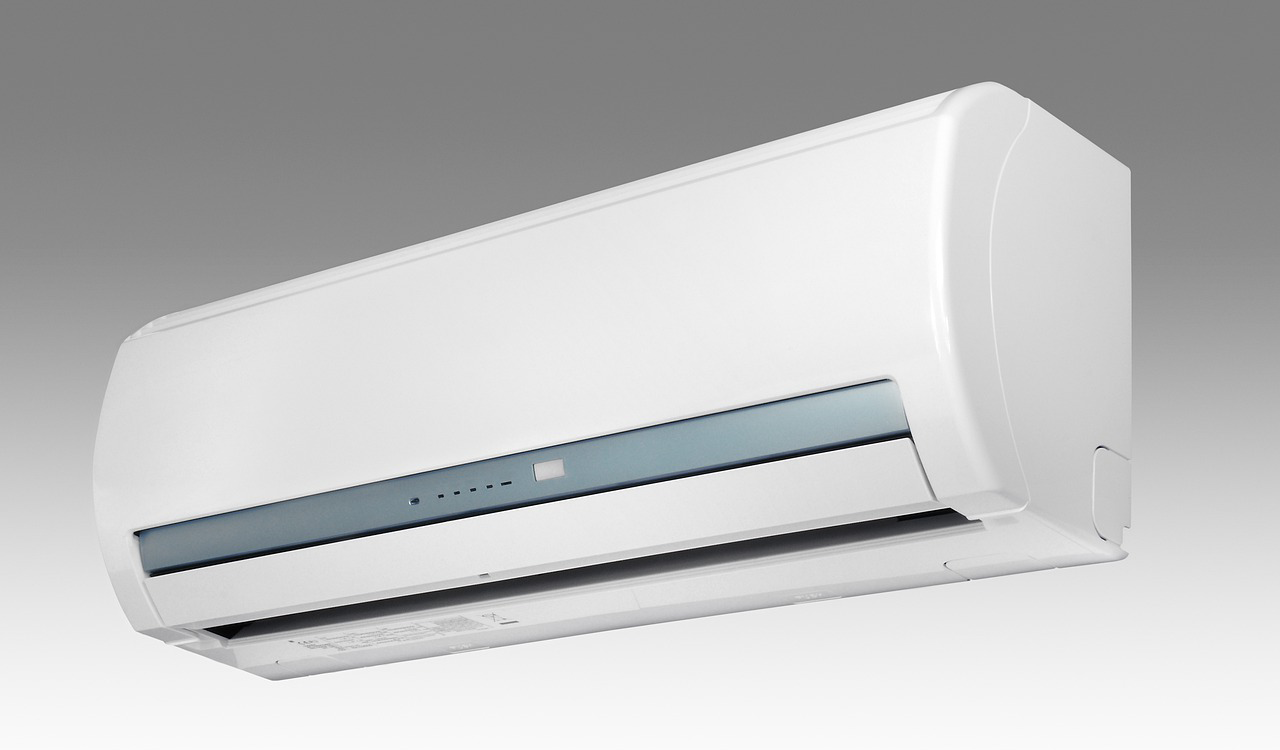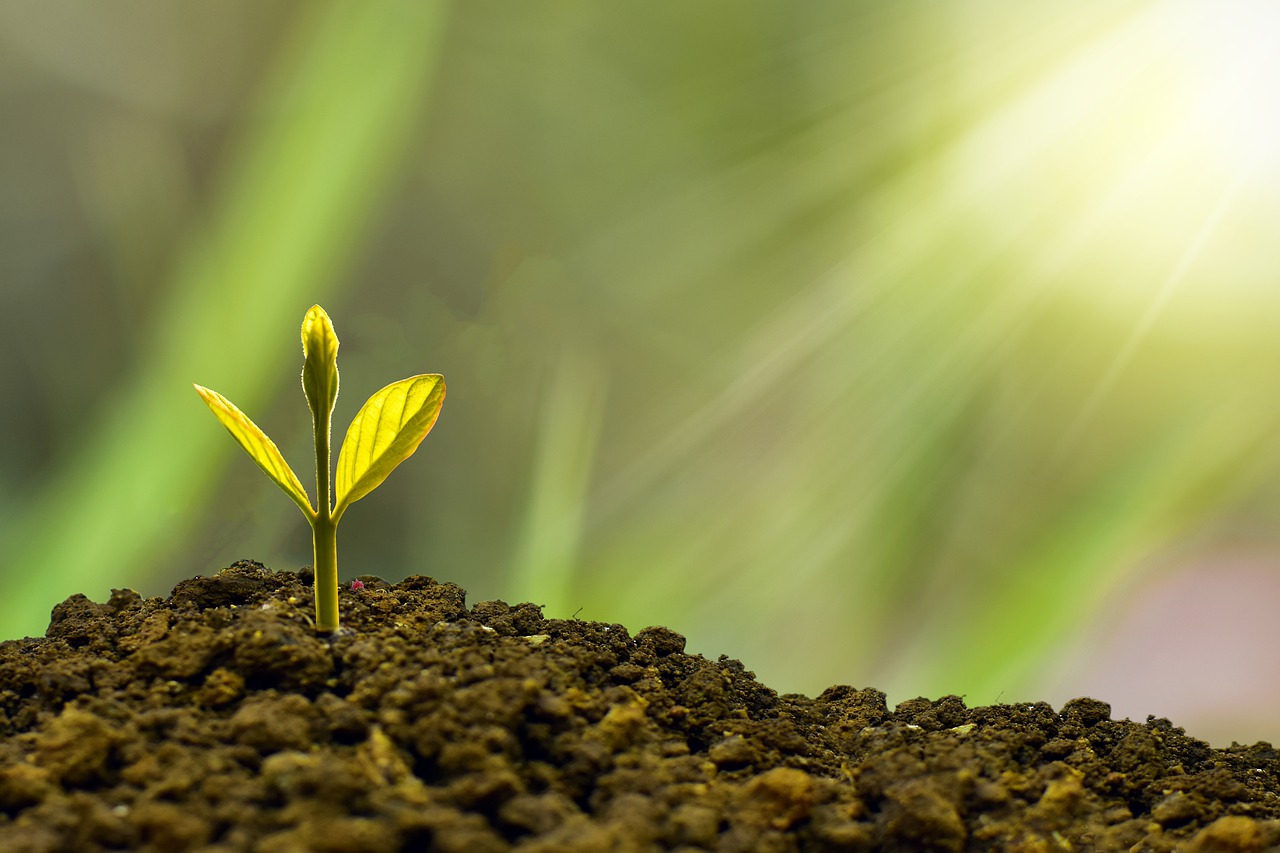![[MUST KNOW TIPS] How To Prepare Your Home For Heavy Rain [MUST KNOW TIPS] How To Prepare Your Home For Heavy Rain](https://911waterdamageexperts.com/wp-content/uploads/2021/10/heavy-rain.jpeg)
How To Prepare Your Home For Heavy Rain
By 911 Water Damage Experts
Did you know that nearly 40% of all home insurance claims result from water damage? It’s without question that all types of rain can cause damage to your property, but, most insurance claims related to rain damage come from heavy rain downpours.
With this in mind, we have assembled a handy guide that you can use to protect your property from heavy rain.
Let’s get right into it.
Keep Your Gutters Clean
Source: Pixabay
Gutters are your home’s first line of defense against heavy rains. They are designed to catch rainwater and direct it away from your home ultimately preventing rot, mould, and other rain-related problems.
Unfortunately, they don’t work if they’re clogged.
When a gutter gets backed up with pine needles or other debris, it can’t channel water efficiently. In fact, the debris creates a dam which can push water back up under your roof, or down the siding of your house.
With this in mind, keep your gutters clean, especially when you’re expecting heavy spring rains. While there are many ways to clean gutters, rinsing them with a garden hose is typically sufficient.
Clear Debris From Stairwell Drains, Window Well Drains & More
Source: Pixabay
During sudden storms, stairwells and window wells can act as catch basins where water can accumulate.
Checking and clearing any drains will help reduce the risk of water building up and causing pressure on the foundation.
Some small leaves, dirt, and debris will find themselves into the sump of the drain. It can then accumulate to form a clog.
To clear the drain, open the grate to see if there is an accumulation of debris directly beneath it. The area directly below the grate is called a sump; the area drain itself.
Use a small shovel or your hands (with gloves) to take out the material causing the clog.
Check All Wall Air Conditioners
Source: Pixabay
If your home has wall air conditioners, ensure the size of the internal drain pipe has adequate water and is flowing freely.
Double check that there is proper caulking and weather stripping around the unit. Ensure the unit is installed with a 1/4-inch (2-degree) bubble tilt toward the outside.
Look for any gaps, cracks, or other damage that indicates improper caulking around the edge of the sleeve to the exterior of the building. This increases vulnerability to water entry.
If the AC unit has an internal drain, make sure pipe size is correct and water is running and flowing freely in order to handle a large volume of water.
Check Sump Pump Discharge Lines
Throughout the summer months, storms can bring heavy rainfall in a short time, which means your sump pump is going to run.
Check your sump pump discharge line to make sure it is not blocked by obstructions and that water is pumped safely away from your home.
Re-Seal Your Windows And Doors
Source: Pixabay
When it rains for weeks at a time, your windows and doors act as defense mechanisms for your home. If they’re poorly or improperly sealed, though, they could wind up leaking a lot of heat or allowing water to enter the home.
With this in mind, be sure to re-seal your windows and doors before the heavy rains start. Use weatherstripping, foam tape, caulk, rigid foam insulation, or window film to block any air or water leaks and keep your home cozy.
Have Your Basement Inspected
Source: Pixabay
If you live in a wet environment, your basement could be at significant risk of flooding when the rainy season starts up. With this in mind, it’s smart to have the space professionally inspected before the rains start.
A professional will be able to evaluate your basement for leaks, structural weak spots, and other risk factors that could lead to problems during heavy rain. If the inspection uncovers mold, electrical damage, or mildew, it’s wise to hire a disaster cleanup or restoration company to address these issues before the rain starts to fall.
If you have a sump pump in your basement, ensure it’s in proper working order and that there is a backup system in place, in case the power goes out during a big storm.
Inspect Your Roof
Source: Pixabay
If your roof is missing shingles, sagging, or just plain old, have it inspected before it starts to rain.
If there are areas that need attention, have them fixed now rather than waiting until Spring is over. Don’t forget to check your chimney for cracks, gaps, or missing tiles that could allow leaks.
Trim The Trees Around Your Home
Source: Pixabay
While you might not think much about trees, branches, and other items around your home, it’s important to remember that fallen trees and tree limbs are the top cause of preventable property damage.
Keeping these landscape elements trimmed back during the spring is especially important, as heavy rainstorms often create high winds that can bring down debris.
Avoid Aggressive Roots When Planting Trees
Source: Pixabay
Large shade trees, such as silver maple trees, should be planted at least 20 feet away from the home to help avoid foundation cracks from roots.
Smaller trees, such a white fir trees, should be given a clearance of at least 10 feet from the home.
Build A Soil Crown
When landscaping the area directly around the house, be sure that the soil next to the home is the highest grade while still below the top of the foundation wall.
This keeps water from pooling next to the home and spilling over the top of the foundation walls as well as causing undue hydrostatic pressure on the foundation underground
Check The Driveway
Source: Pixabay
Driveway curbs should channel water so that it runs off into the street or away from the home.
Sealing open cracks in the driveway can prevent water from gathering under the driveway and potentially making its way into your basement.
Prepare For Flooding
If you live in a flood-prone area, or your home (or basement) has flooded before, take some time to prepare for rising tides.
Move electrical cords up off the floor, elevate anything delicate or easy to damage, and move boxes of documents, furniture, or other special items to higher ground.
You may also want to ensure you’ve got a stock of candles, batteries, and non-electric lights stashed somewhere, just in case the power goes out.
If you have any questions about storm damage and restoration feel free to call us at 1-833-WE-DRY-IT any time 24/7/365 all the time. We’re there when you need us!
Related Posts
10 helpful smoke damage cleaning tips
Restaurant flooded? Here’s how to deal with a restaurant flooding
What’s causing mould in your home? Here are the top reasons why
How to prevent mould growth after a flood
A pipe burst in my business building – what do I do?
What to do when a water pipe bursts in your apartment
Hire the right mould removal company by asking these vital questions
15 interesting facts about mould
What causes mould damage and what you can do about it
Top common signs of water damage: here’s what to look for













